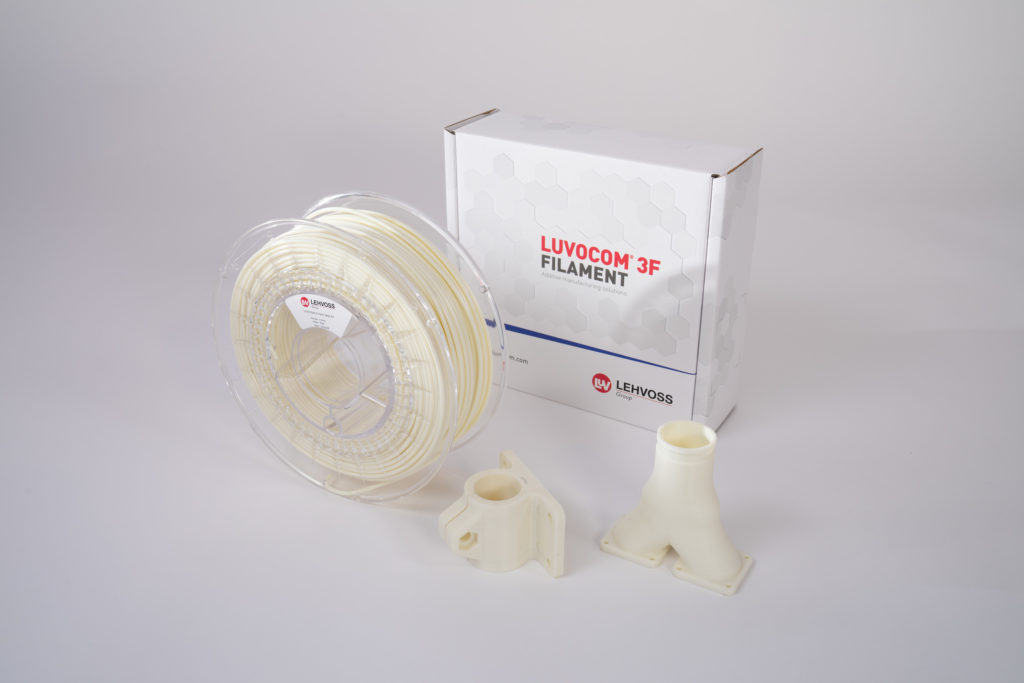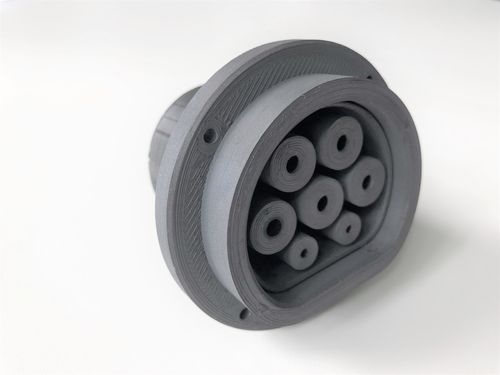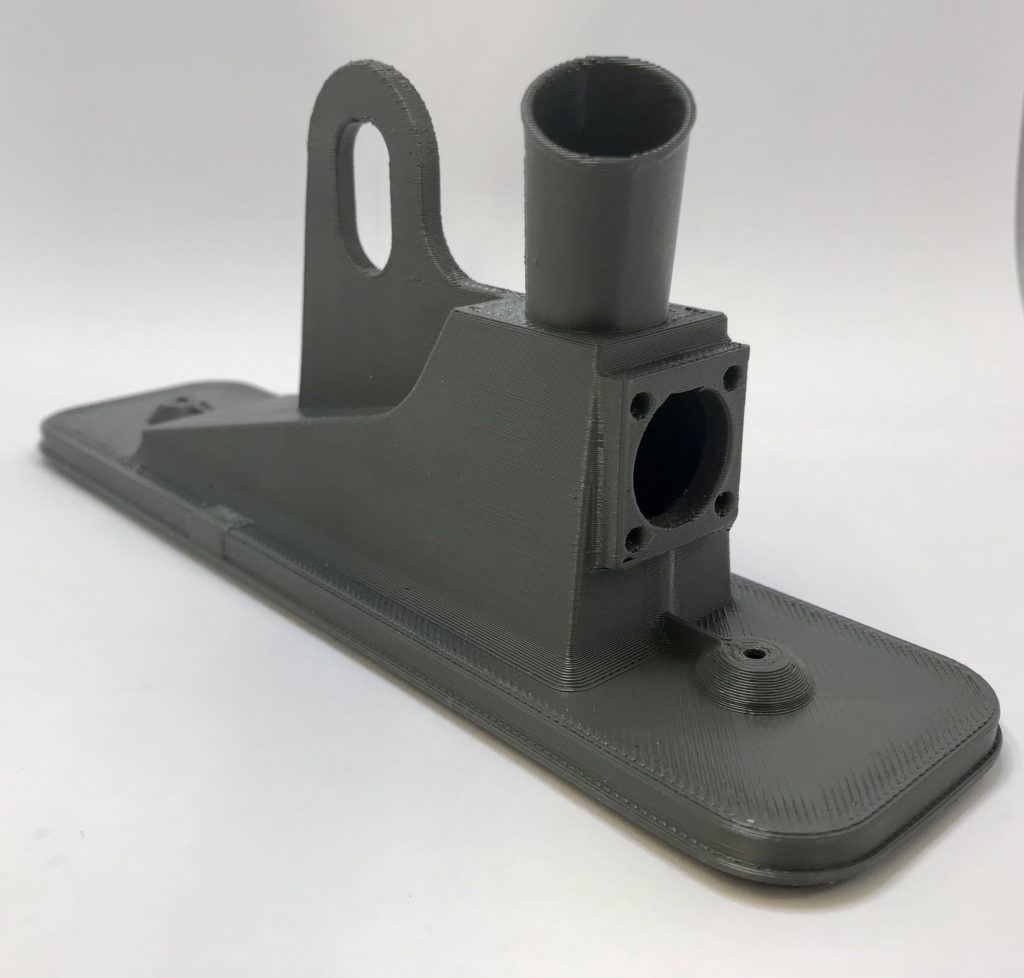“How can I guarantee that if I buy a material, I will have the same reproducibility in twelve years?”
A few years ago, at the heart of the first 3D printing applications developed by sportswear brands Armour and adidas was the Lehvoss Group, which delivered dedicated material solutions to make these applications a reality. The Lehvoss Groupoperates under the management of its parent company Lehmann&Voss&Co., and it comprises several chemical companies that develop, and commercialize special materials for a variety of industrial clients.
In about nine years of activity in the additive manufacturing industry, the compny has been carrying out most of its activities in a relatively quiet mode until recently when it shed light on the necessity of materials certification for additive manufacturing. For this reason, we have decided to invite Dr. Thiago Medeiros Araujo in this Opinion of the Week to discover more about the company’s journey within the AM segment, and such certification.
Material engineer by training, Medeiros Araujo’s first contact with AM was to produce novel filaments using bio-based materials. After a great ride at Airbus Group Innovations, he joined the Lehvoss Group about four years ago where he is currently the global product manager of LUVOCOM® 3F.
As you may have understood, LUVOCOM® 3F is a product line which is currently being developed and commercialized within the 3D printing materials business unit of Lehvoss Group. Designed for extrusion-based processes, this series of high performance filaments would provide an easy-to print experience to users. The producer also develops the LUVOSINT® line, a range of powders for laser sintering procedures and other 3D printing processes based on powder bed fusion. However, it is the LUVOCOM® 3F Filament which is at the heart of the certification process mentioned above.

Medeiros Araujo explains that to introduce a material to a market, it’s crucial for the producer to ensure its viability. In this vein, “we started working with several 3D printer manufacturers to ensure the compatibility of our materials with their machines. We came to realize that despite this very much needed compatibility, the adoption of materials was not as fast as expected. In order to provide customers with better results, we have decided to explore the problem from a different angle, this time with one question in mind: How can I guarantee that if I buy a material, I will have the same reproducibility in twelve years? To explore this angle, we needed to collaborate with a 3D printer manufacturer on material certification”, he adds.
It started with a “NO”
The collaboration with the Ultimaker team did not go smoothly at the beginning.
“First, they said ‘No. it’s not going to work’. After much from persistence, and explanations we finally decided to define modules of the certification and the way we were going to test the material quality. Our filaments have been tested in a special filament manufacturing, and in the Ultimaker lab to make sure all testing results are the same. We thereafter went to TÜV SÜD that has certified the 3D printing process using the combination of LUVOCOM® 3F Filament and Ultimaker printer”, Medeiros Araujo recalls.
When asked what key items are crucial to assess in such process, the product manager notes: “In our case, it was crucial to have a closer look at geometrical accuracy, test strength, chemicals and emission. As a material producer, we need to ensure that our materials do not change, in order to guarantee that’s a certified process. This means that the material that has been certified last year, should be able to deliver the same results in terms of properties, composition and behaviour during the production, next year or in five or six years. To ensure that it’s important to continuously go through such certification process. The test emission on the other hand, helps to ensure that those who use their 3D printer in a close environment can do it safely.”
It should be noted that this certification is not valid for all 3D printers. The 3D printing materials business team is currently working on expanding the range of materials and machines they could get certified.
A closer look at direct fastening in 3D printing
Our conversation with Lehvoss Group’s expert also sheds light on the concept of direct fastening into plastic for 3D printed components.
Be it for small series production or for prototypes purpose, operators often need to ensure that 3D printed plastics components are well embedded in an overall structure as it is the case with injection moulded products.
Since the selected materials chosen in fabrication also play a key role in such connection, Medeiros Araujo told 3D ADEPT Media they have worked with EJOT GmbH & Co. KG, an expert in fastening technology.
Both teams have worked on 3D-printed screw bosses. Simply put, “the process consists in printing directly into the part you need to fix and thereafter, you screw to get the same resistance than r injection-moulded counterparts”, our guest in this Opinion of the Week states.
“The EJOT EVO PT® screw was used for the jointing experiments. Apart from the optimized positioning characteristics in this type of screw, the installation torque is almost independent of the insertion depth. As a certain level of dimensional inaccuracy always occurs in the printing of drill holes due to the procedure used, the hole for the screw (guide hole) was recalibrated in each case in order to observe a reliable experimental standard. All the bosses for testing were produced using the FFF technique. Calibration of the screw hole on the printed boss showed that if a technically practical geometry is selected for the guide hole, screw fastening values can be achieved that are almost at the same levels as those of the injection moulded boss”, the company’s report reads.
Future outlooks
The Lehvoss Group now has a solid expertise in high performance polymers. Moving forward, the producer envisions to expand its portfolio with flame retardant materials.
“We are also working on material certification for the railway industry. We have already developed three materials for that purpose; the products are based on the polymers PEI, PPS and PA”, Medeiros Araujo outlines.

Components in railway vehicles are subject to special requirements in terms of their fire characteristics. In Europe the applicable standard is EN 45545, which contains various tests that simulate the behavior of materials in the event of a fire. Among the parameters determined are smoke density and oxygen index. Depending on the field of application, the requirements here are higher than even the strict demands of the aviation industry. Classification is based on hazard levels (HL1 – HL3) as well as applications and requirements (R classes).

In the company’s product line, the products LUVOCOM 3F PEI 50236 GY, LUVOCOM 3F PPS CF 9938 BK and LUVOCOM 3F PAHT KK 50056 BK FR meet R22 and R23 in HL 1, HL 2 and HL3 and are thus suitable for a broad range of applications.
Last but not least, as a material company, sustainability is also at the heart of Lehvoss Group’s main concerns. “We are currently working on how to address this issue. Hopefully, by the middle of the year, we will release some products that also take into account a circular economy approach”, Medeiros Araujo concludes.
Remember, you can post job opportunities in the AM Industry on 3D ADEPT Media free of charge or look for a job via our job board. Make sure to follow us on our social networks and subscribe to our weekly newsletter : Facebook, Twitter, LinkedIn & Instagram ! If you want to be featured in the next issue of our digital magazine or if you hear a story that needs to be heard, make sure you send it to contact@3dadept.com






